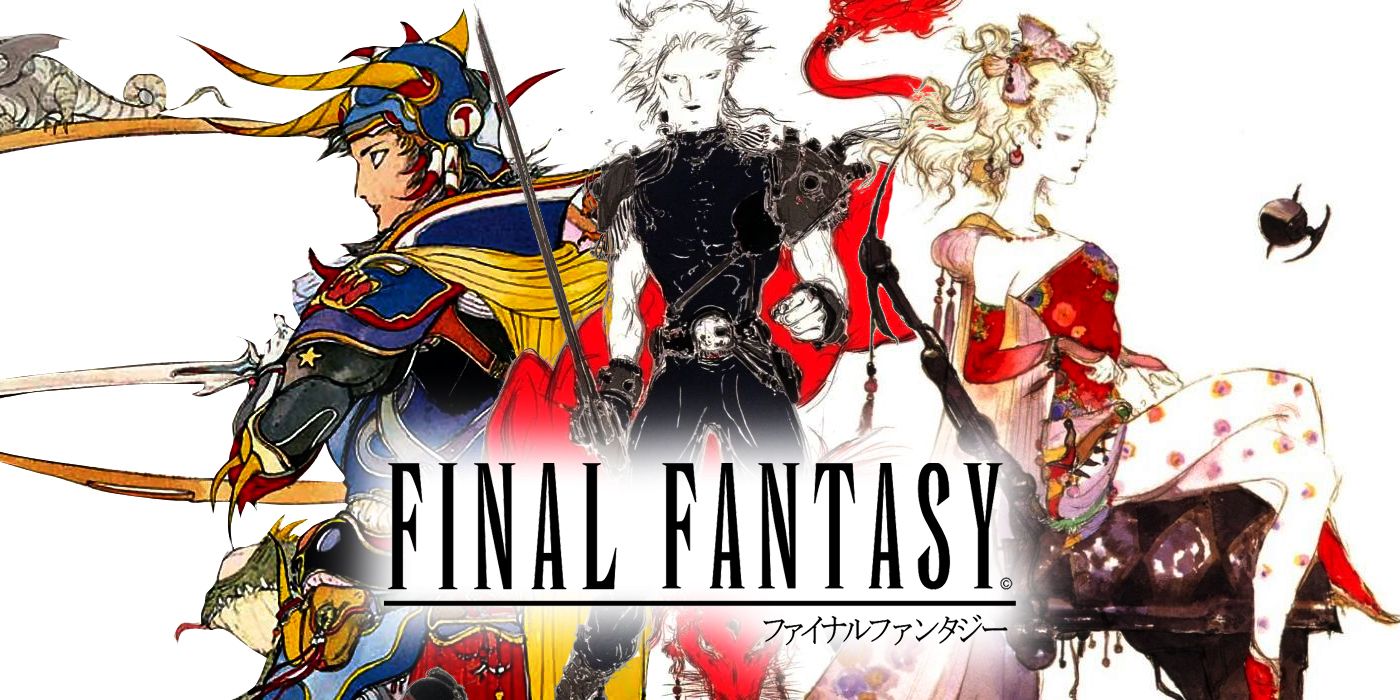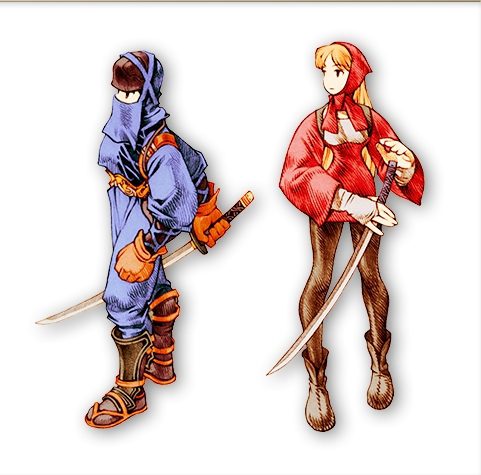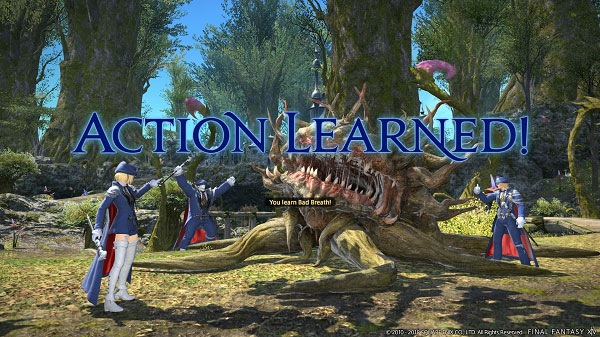



The player can engage in a variety of stalling strategies, using abilities that heal or buff allies and cripple enemies, that result in their characters getting more XP and JP than they otherwise would from play that is wholly motivated by fulfilling the win-condition. This aspect of the Final Fantasy Tactics rewards system allows for some serious slack. Thus XP and JP are awarded for actions that ostensibly move a battle towards its conclusion, but also actions that can reset some elements of game state (like healing HP or restoring MP), or lessen the impact of actions that would move a battle towards its conclusion (like lowering Physical or Magical Attack). Successful actions have a variety of effects in Final Fantasy Tactics: they can do damage–which is most common–but they can also restore health, increase or decrease attack stats, or inflict status effects like sleep that expire in a fixed number of clock ticks but do no lasting harm. To examine the intersection between character progression and the battle system of Final Fantasy Tactics, we must first ask and answer a basic question about feedback: What do XP and JP reward the player for doing? They’re a reward for using characters to ACT.


 0 kommentar(er)
0 kommentar(er)
